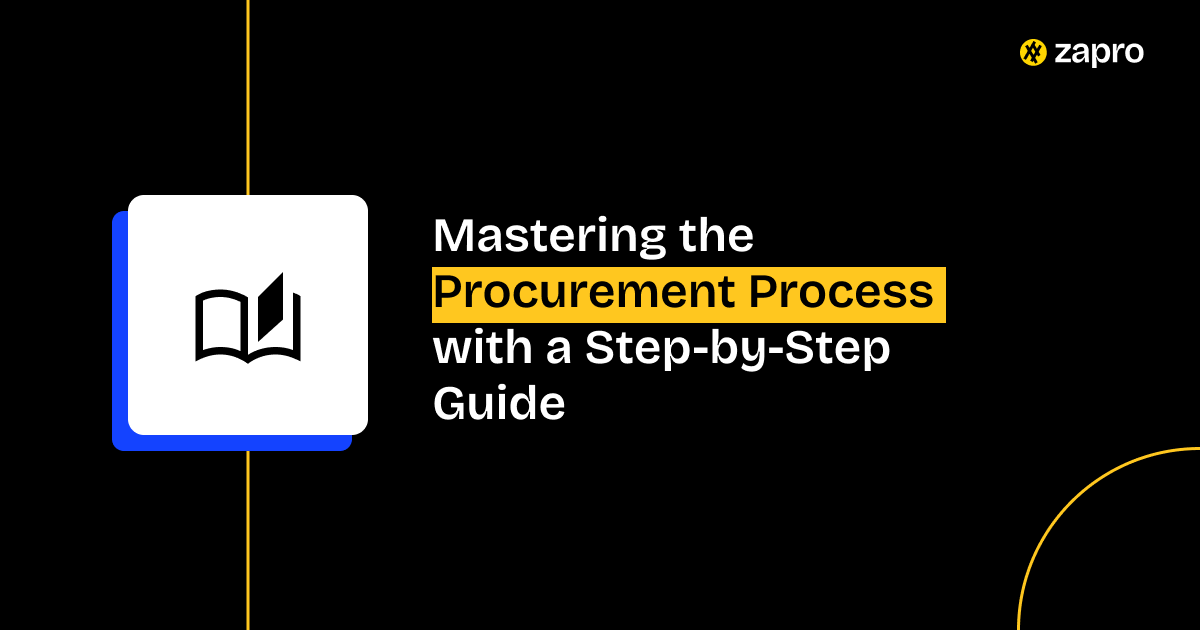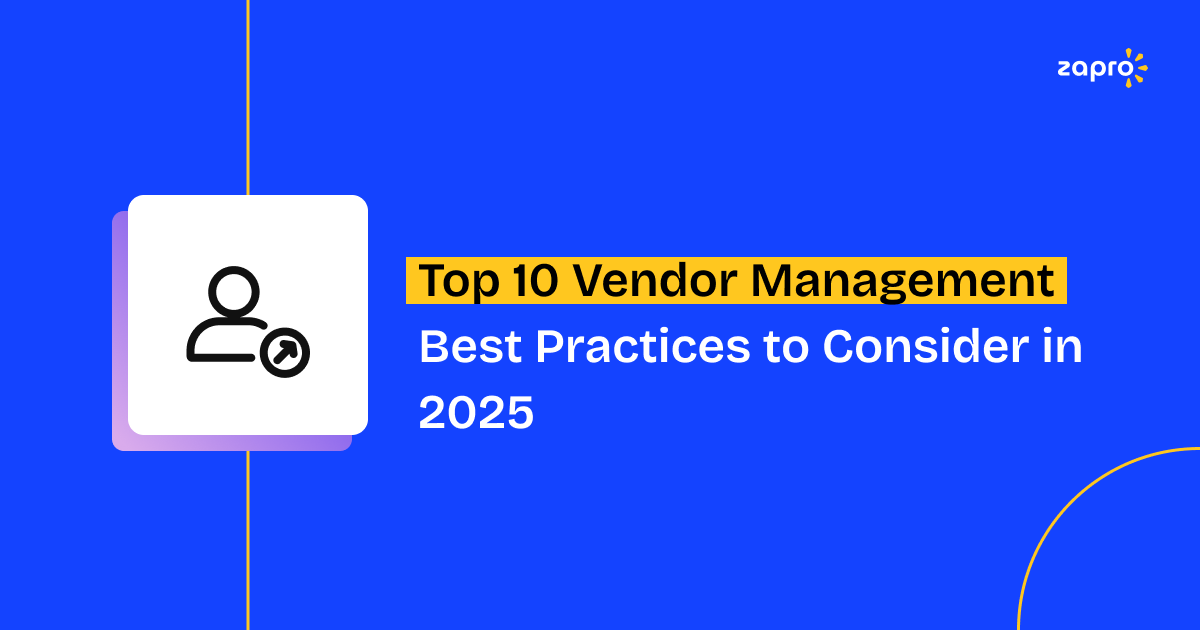How to manage procurement risks
Proactive management of procurement risks helps protect an organization’s reputation, keep its supply chain intact, and stabilize its financial position. It is a critical component of supply chain resilience, which includes activities such as identifying inherent risks through real-time monitoring, thoroughly assessing them, and developing mitigation strategies. Technology tools can also help with proactive risk management.
Procurement leaders can begin by mapping out all potential risks in the procurement process, including supply chain disruptions, price volatility, financial risks, quality issues, cybersecurity threats, and ethical considerations. Once risks are identified, it is essential to evaluate the likelihood of their occurrence and assess the potential impact. This helps focus on high-impact risks that have a high probability of occurring.
Now that risks have been identified and evaluated, it is time to develop risk mitigation strategies, such as diversifying suppliers, contingency planning, optimizing contractual clauses, supplier development, hedging, and insurance. After implementing risk mitigation strategies, stakeholders must continuously monitor and review risk management plans to ensure optimal performance.
Recommended Reading:
Procurement tools
Procurement process
Vendor management system
What is PO system?
Best eprocurement software
Purchase order process
Procurement software for small business
Best vendor management tools in 2025
Procurement solutions guide
Differences between sourcing and procurement
What is the difference between procurement and purchasing?
Best strategic sourcing software tools in 2025
Procurement challenges
Procurement KPIs
Procurement Strategy
Procure-to-pay Process
Goods Received Note
Procurement Lifecycle
Purchase Order vs Invoice
Procurement Solutions
Related Procurement FAQs
How do you keep track of all purchasing activities?
How to automate the procurement process
How to choose the right procurement method
How to develop a procurement strategy
How to implement centralized purchasing
How to improve the procure-to-pay cycle
How to improve the procurement department
How to make a procurement plan
How to make procurement more efficient
How to manage a procurement system
How to measure cost savings in procurement
How to measure procurement KPIs
How to measure procurement performance
How to measure ROI in Procurement
How to optimize the procurement process
How to reduce costs using procurement spend analysis
How to solve procurement challenges
Procurement vs. Strategic Sourcing
Purchase to pay vs. Procure to pay
What are the benefits of e-procurement
What are the best procurement strategies
What are the challenges in the procure-to-pay process
What are the examples of direct and indirect procurement
What is an RFQ in procurement?
What is meant by procurement strategy?
What is the main purpose of a procurement audit?

 Healthcare
Healthcare Financial Services
Financial Services Technology
Technology Venture Capitalist
Venture Capitalist Chief Procurement Officer
Chief Procurement Officer Chief Financial Officer
Chief Financial Officer


